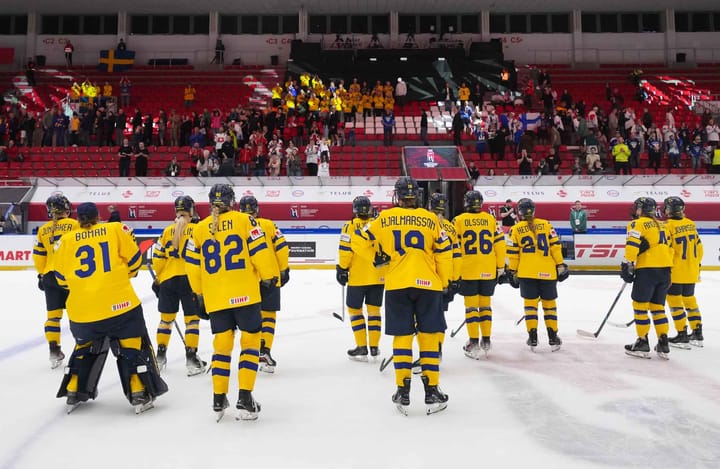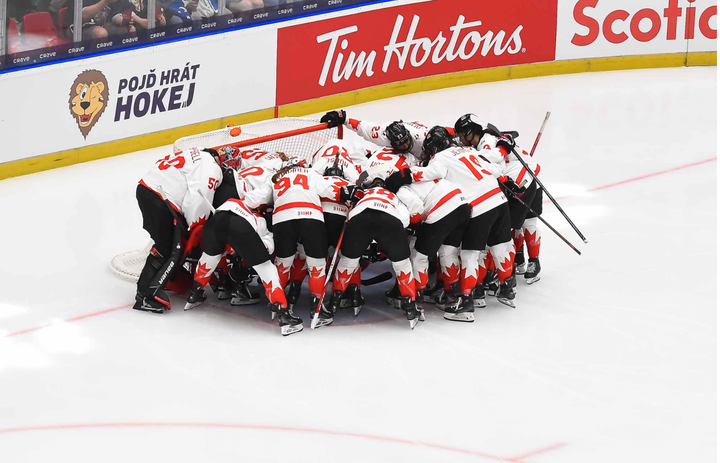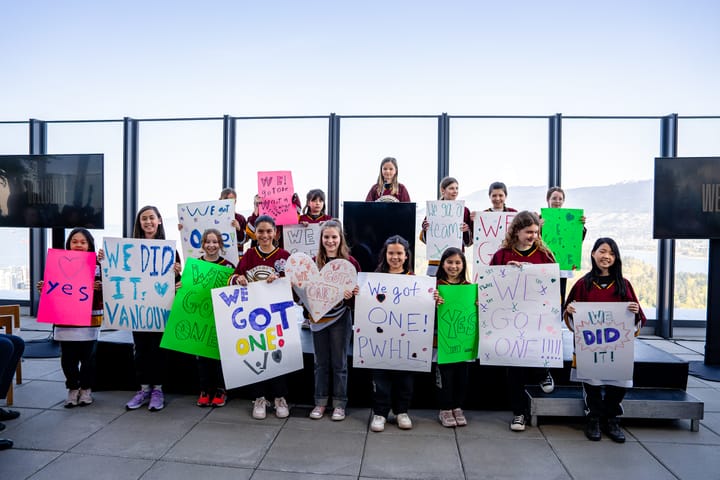The Hockey Hall Of Fame isn’t doing enough to recognize women’s hockey
Eight women in 11 years isn’t good enough.
In 2010, Cammi Granato and Angela James, icons of Team USA and Team Canada, respectively, were the first women inducted into the Hockey Hall of Fame. Eleven years later, 2010 is the only year in which two female players entered the Hall in the same year. In the decade after Granato and James entered the Hall, only six other women have joined them. For all intents and purposes, the HHOF remains an all-boys’ club.
Each year, in the player category, four men and two women can enter the Hall in addition to one on-ice official and two builders. Since the bylaw that capped the number of women who can enter the Hall at two each year in 2010, 36 of a possible 44 male players and eight of a possible 22 female players entered the Hall; that’s a difference of 81.81 percent and 36.36 percent.
That’s not good enough.
Even after four consecutive years of women – all of whom are Canadian – getting a phone call from a member of the selection committee, the Hockey Hall of Fame’s recognition of the achievements of women in the sport are found wanting. In 2020, Kim St. Pierre became the first female goalie to get the nod, which many pointed to as a sign of progress. But, over a decade after Granato and James made history, we are still waiting for our first female builder, our first European player, and our second HHOF class with two female players entering in the same year.
Some point out that elite women’s hockey, as we know it, is still a relatively new concept. After all, the first IIHF Women’s World Championship was played in 1990 and the women’s game debuted at the Olympics in 1998. Not only is this a flawed perspective, it also doesn’t justify the slow trickle of inductees we’ve seen since 2010. The women’s game has a rich history, marked by perseverance, ingenuity, and passion running headlong into obstacles and ceilings created by sexism and outdated societal norms.
Women’s hockey didn’t start in 1990 with the first IIHF Worlds. It started one hundred years earlier, in Canada. The game crashed with the stock market in the 1930s and failed to rebound after World War II when veterans returned home expecting Rosie to put down the rivet gun and step away from sport. It wasn’t until women’s hockey returned to Canadian universities in the 1960s and 1970s that the train got back on track. In 1970, women began playing hockey in Finland and in 1972 Title IX revolutionized girls’ and women’s hockey in the United States.
The last 130 years of the women’s game has been an odyssey filled with heroines including Bobbi Rosenfield, Hilda Ranscombe, Hazel McCallion, Abby Hoffman, and Fran Rider who advanced the game on and off the ice. Their significance to hockey is emphasized – not diminished – by what they achieved within a sports culture that sought to impede, derail, and exclude them at every turn.
Although the professional scene in North America remains uncertain, women’s hockey has never been stronger than it is today. This didn’t happen overnight or because the IIHF finally hosted its first women’s event in Europe in 1989. The path to where the game is today was laid, brick by brick, by extraordinary women — players and builders.
In recent years, the HHOF has made efforts to address past oversights. In 2016, goaltender Rogie Vachon entered the Hall 36 years after his last season of NHL hockey in 1982-83. In 2019, the Hall welcomed Václav Nedomanský – the first player to defect to North America from a country behind the Iron Curtain –to help address the paucity of European players inducted. In 2018, Willie O’Ree finally became the third Black player welcomed into the Hall (after Grant Fuhr and James) and Cassie Campbell-Pascall – herself a strong candidate for the Hall – became the first woman on the selection committee.
The fact that the Hall has demonstrated an ability to course-correct does not excuse its continued exclusion of figures who are integral to the history and growth of the women’s game and the sport in general. The history of hockey would be utterly incomplete without the contributions of these women.
In 2015, Fran Rider became the first female builder in the IIHF’s Hall of Fame — which is a separate entity than the Hockey Hall of Fame. That same year, Maria Rooth entered the IIHF Hall as the first European skater. Rider’s contribution to women’s hockey in Canada, and specifically to Ontario, the home of the Hockey Hall of Fame, makes her continued omission a glaring one. The same can be said of Rooth, who broke new ground in the NCAA at the University of Minnesota-Duluth and is arguably the greatest Swedish goal-scorer to ever play the game.
So, why aren’t they among the 289 players and 112 builders in the Hockey Hall of Fame? Why isn’t American great Karyn Bye, who the IIHF inducted into its Hall of Fame in 2011? Why have we seen just eight of a possible 22 women — limited by an IIHF bylaw — enter the Hall over the last 11 years?
Players and builders having to wait an excruciatingly long time to enter the Hall is nothing new. One needs only look at the dozen years (and counting) that the blatantly qualified Russian NHLer Alexander Mogilny has had to wait to enter the Hall. Mogilny, the first Russian player to defect from the Soviet Union, finished his NHL career with 1032 points and is a member of the Triple Gold club. But asking women like Rider, McCallion, Rooth, and others to wait after all of the waiting they’ve had to do for ice time, for elite competition, and for the respect and recognition of their peers feels like one injustice too many.
The Hockey Hall of Fame and its selection committee makes a statement each and every year with the individuals they honor. Six consecutive years of women being inducted into the Hall is a statement, but so too is 10 consecutive years of failing to reach a seemingly arbitrary annual cap of two female players. The same is true for the ongoing wait for the first female builder and first European player.
It’s time for the Hockey Hall of Fame to change its course. It’s time for the selection committee to have more diversity. It’s time for a new statement to be made.





Comments ()